
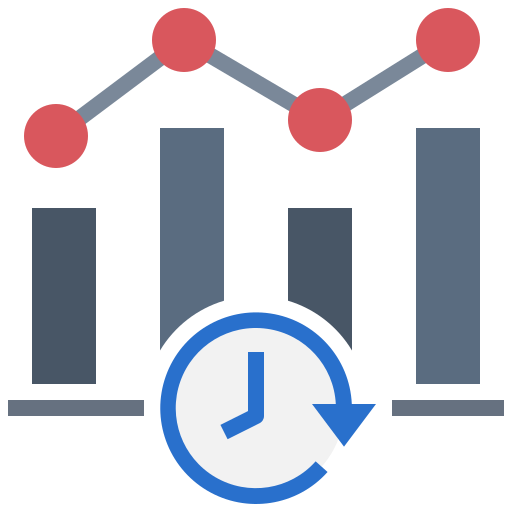 Techniques
Techniques
Gather a group of people and encourage them to generate as many ideas as possible, without judging or evaluating them. After the brainstorming session, review the ideas and identify the most promising ones to pursue further. Write down all ideas without any criticism or judgment.

Activity: List 10 creative solutions to a reduce electricity consumption in households.
Pro tips
- Encourage free-thinking and open discussion.
- Aim for quantity over quality at the beginning.
- Build on others' ideas and don't criticize.
- Use prompts to help generate ideas.
Start by identifying the problem or issue, and then ask "why" questions to drill down to the underlying cause(s). Keep asking "why" until the root cause(s) are identified. Then, develop a plan to address the root cause(s) directly.
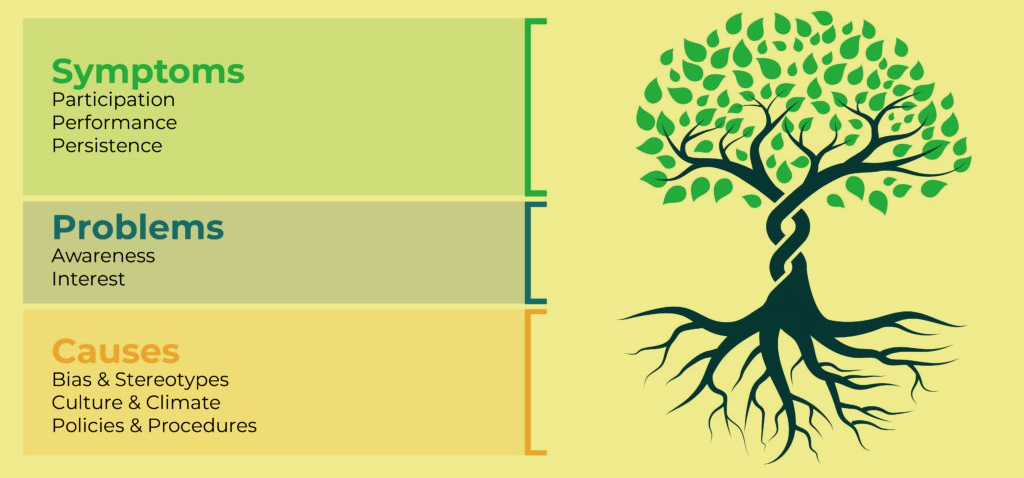
Activity: Identify the cause of a miscommunication between your teammates and yourself.
Pro tips
- Be specific and focus on one problem at a time.
- Look beyond the obvious symptoms to find the underlying cause.
- Use data to support your analysis.
- Involve multiple perspectives to get a well-rounded view.
Collect data on the problems or issues and rank them based on their frequency or impact. Identify the top 20% of the problems that are responsible for 80% of the negative impact and focus on addressing those critical few.
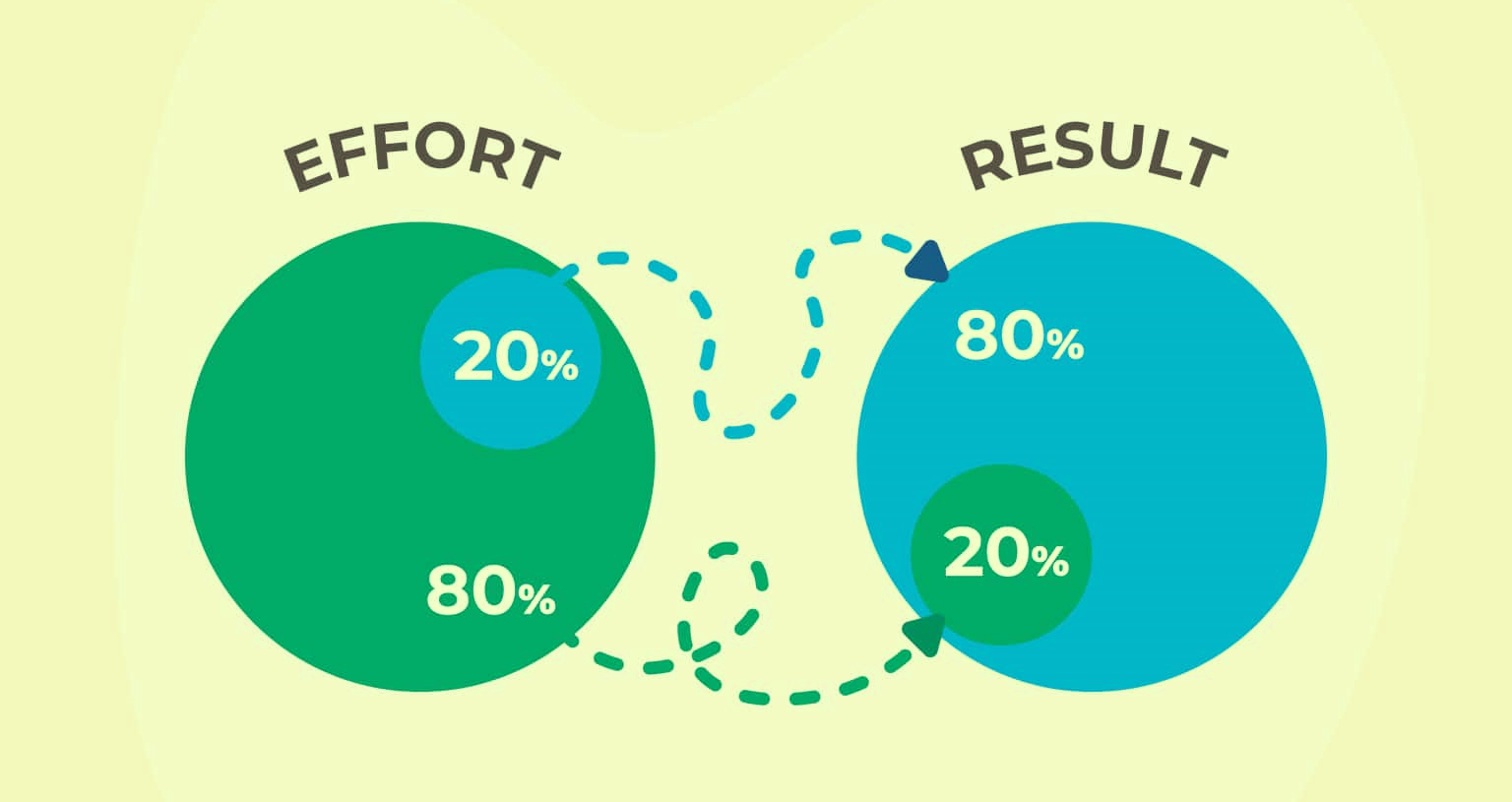
Activity: Find the top causes that contributes to major road accidents.
Pro tips:
- Collect data on the problem and rank the issues by frequency or impact.
- Identify the 20% of causes that are responsible for 80% of the problem.
- Focus on improving the most critical issues first.
Identify the strengths, weaknesses, opportunities, and threats of the situation or problem. Use this analysis to develop a strategy that leverages the strengths, addresses the weaknesses, takes advantage of the opportunities, and mitigates the threats.
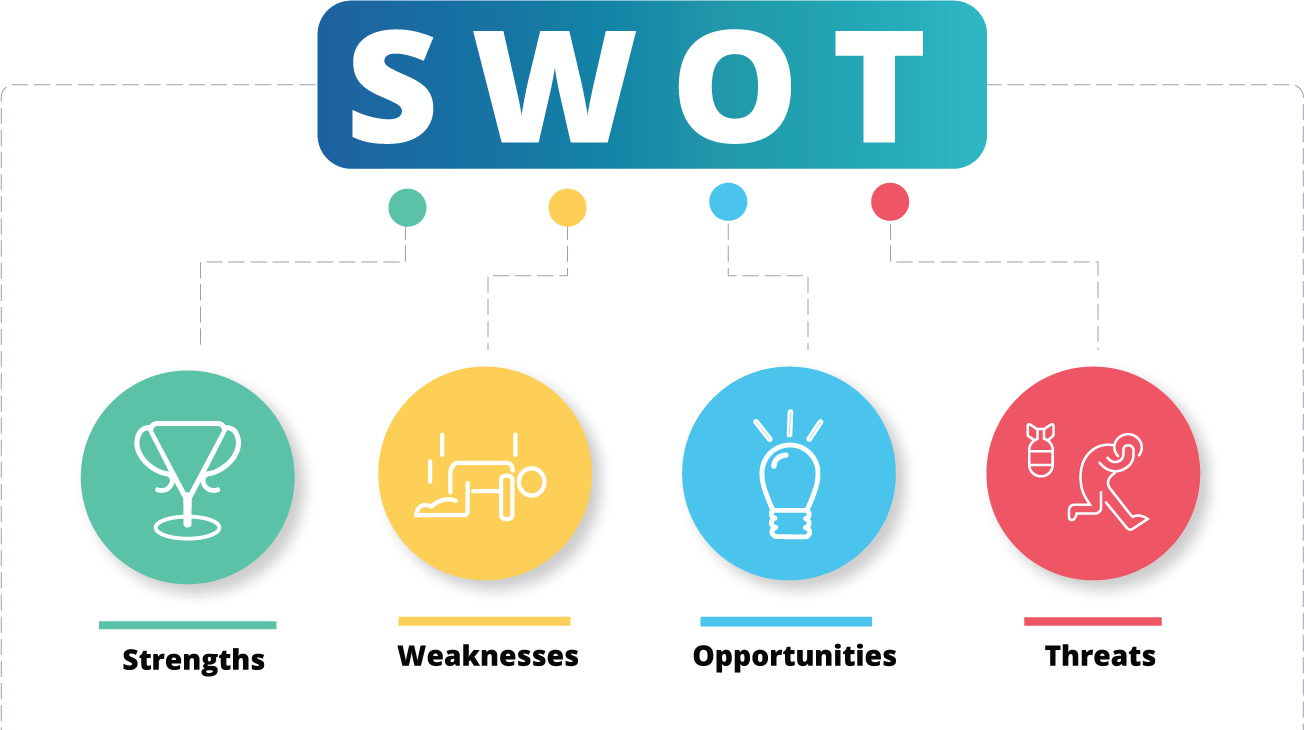
Activity: Conduct a SWOT analysis for increasing the sales in your sports centre.
Pro tips
- Identify the strengths, weaknesses, opportunities, and threats related to the problem or project.
- Use a team approach to get multiple perspectives.
- Use the analysis to inform decision-making.
Draw a diagram with a central problem statement, and then identify the major categories of factors that contribute to the problem. Use this diagram to identify the root causes of the problem and develop solutions to address them.
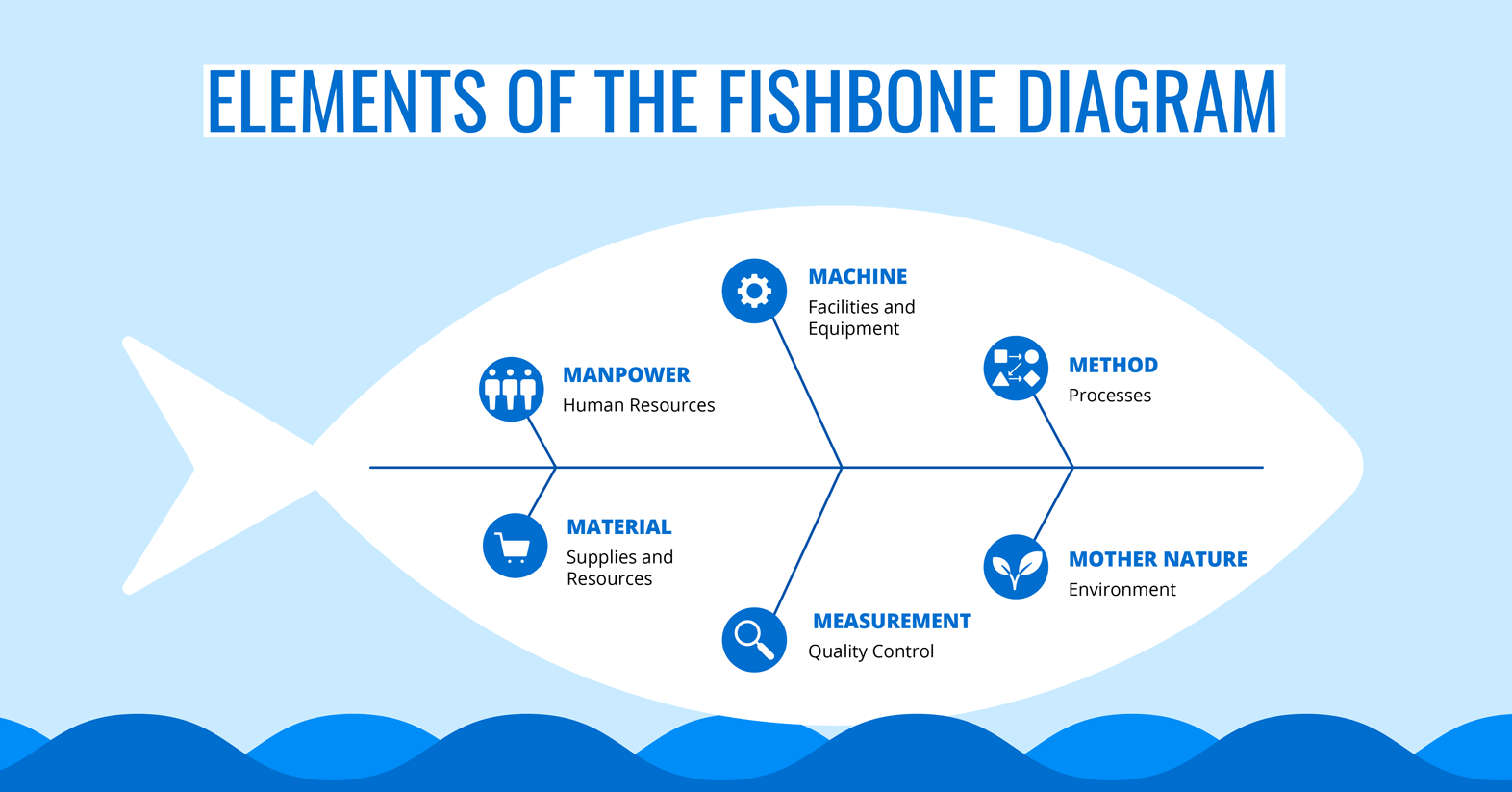
Activity: Create a fishbone diagram to identify the possible causes of environmental pollution.
Pro tips
- Clearly define the problem.
- Identify the major categories that could contribute to the problem.
- Brainstorm possible causes within each category.
- Use data to support your analysis.
Start with a central theme or problem statement, and then brainstorm and organize related ideas around it. Use this to identify potential solutions and prioritize them based on their relevance and feasibility.
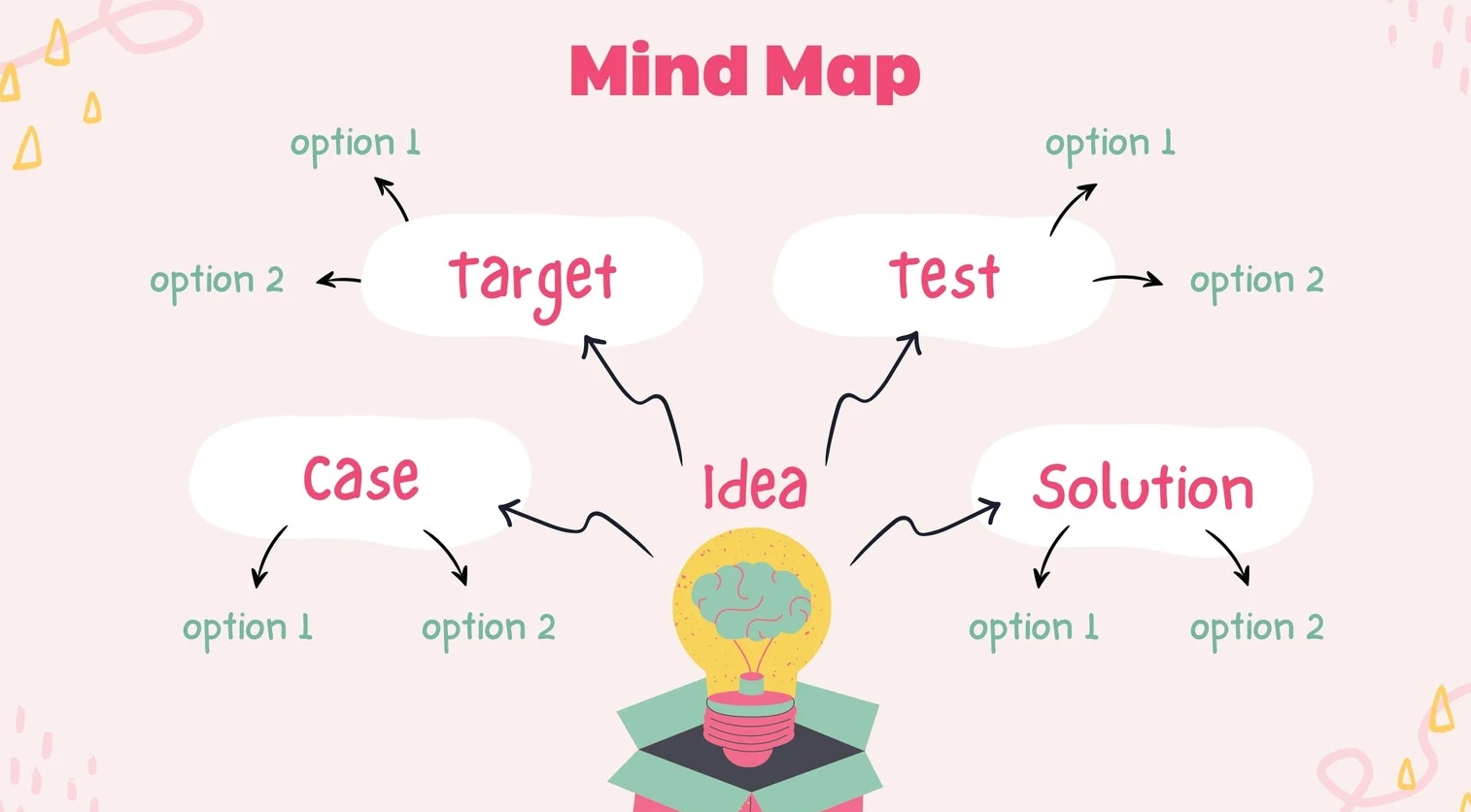
Activity: Mind map the resources needed to develop yourself or your team for upcoming project in new technologies.
Pro tips
- Start with a central idea or topic and branch out with related ideas
- Keep the map simple and easy to follow.
- Use the map as a tool for brainstorming, problem solving, note-taking, or organizing information, depending on your needs and goals.
- Regularly review and update the map for new perspective.
List out the potential options or solutions, and then identify the criteria that will be used to evaluate them. Score each option or solution against the criteria, and then rank them based on their overall score.
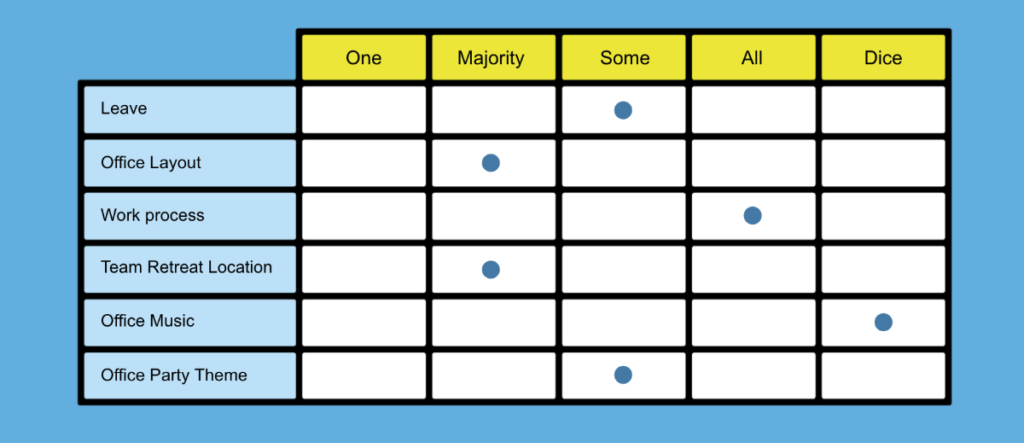
Activity: Create a matrix for your investing plans with at least 10% ROI.
Pro tips
- Clearly define the problem and the decision criteria.
- Identify the alternatives and assign a score for each criterion.
- Determine the weight or importance of each criterion.
- Analyse the scores to decide.
Identify the problem or issue, and then ask "why" questions repeatedly to drill down to the root cause. Keep asking "why" until the root cause(s) are identified, and then develop a plan to address them directly.
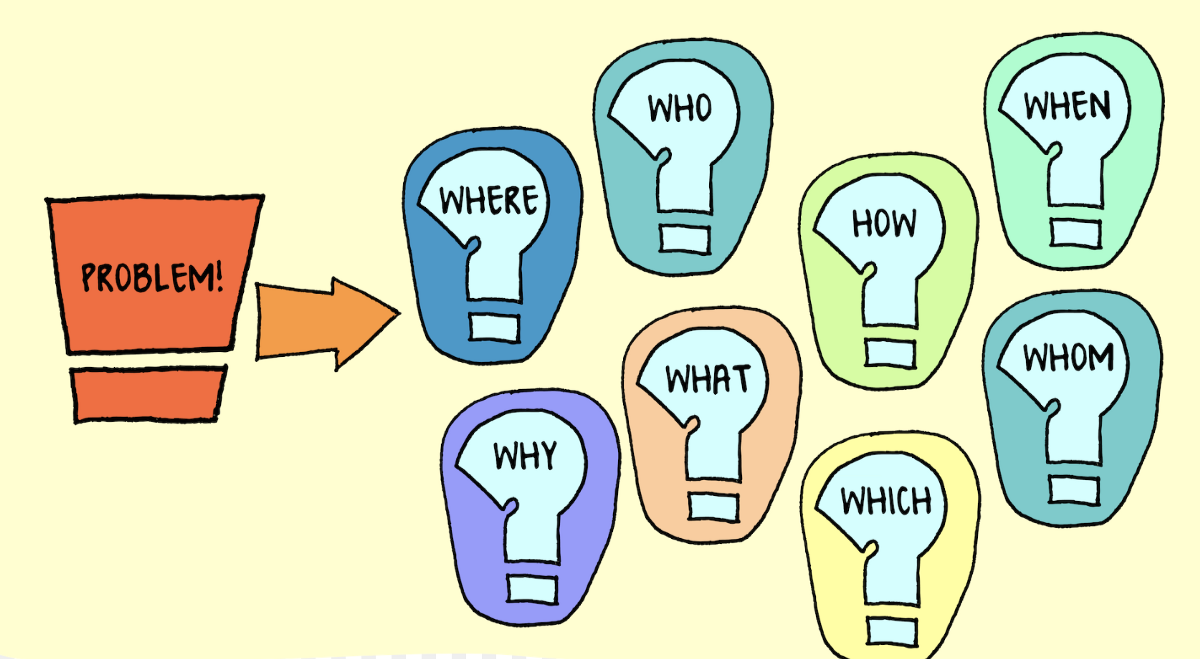
Activity: Write down the causes that made you miss train/bus/fight.
Pro tips
- Clearly define the problem and ask why it occurred.
- Repeat the "why" question for each answer to dig deeper into the problem's root cause.
- Use data to support your analysis.
- Stop when you've identified the true root cause.
Follow a structured problem-solving method that uses patterns and principles to find innovative solutions. This can involve identifying contradictions, analysing trends, and using creative thinking to develop new solutions.
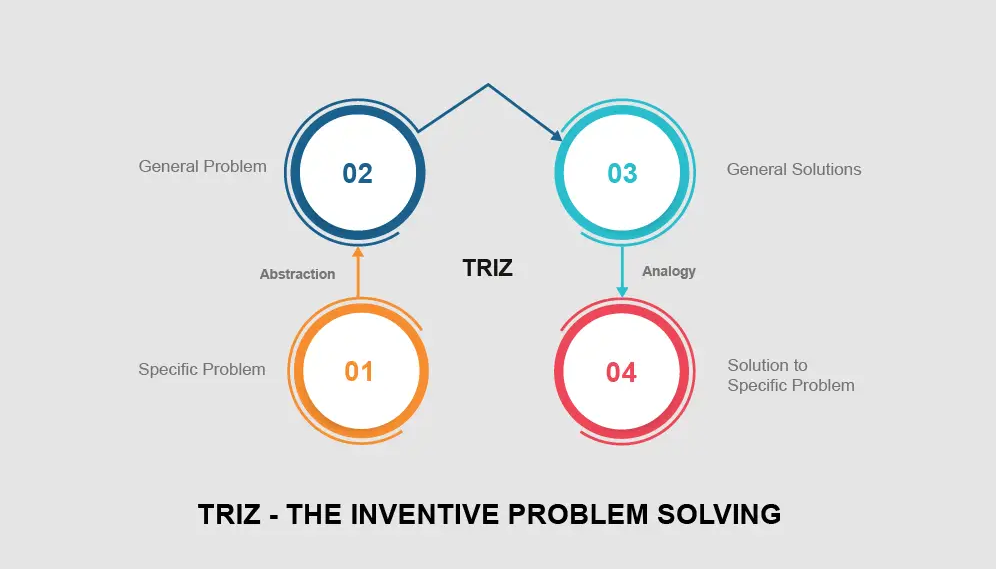
Activity: Use the TRIZ method to identify the contradictions in a problem and find innovative solutions for lost project document. Identify the ideal solution, and then work backward to find ways to achieve it.
Pro tips
- Identify the contradictions related to the problem.
- Look for examples or analogies that can inspire a solution.
- Use a structured approach to guide your creative problem-solving.
Force field analysis is a problem-solving technique used to identify the driving and restraining forces that impact a decision or change. The technique involves listing all the factors that are driving the change or decision and all the factors that are opposing the change or decision. By analysing the forces, a team can develop a plan that maximizes the driving forces while minimizing the restraining forces.
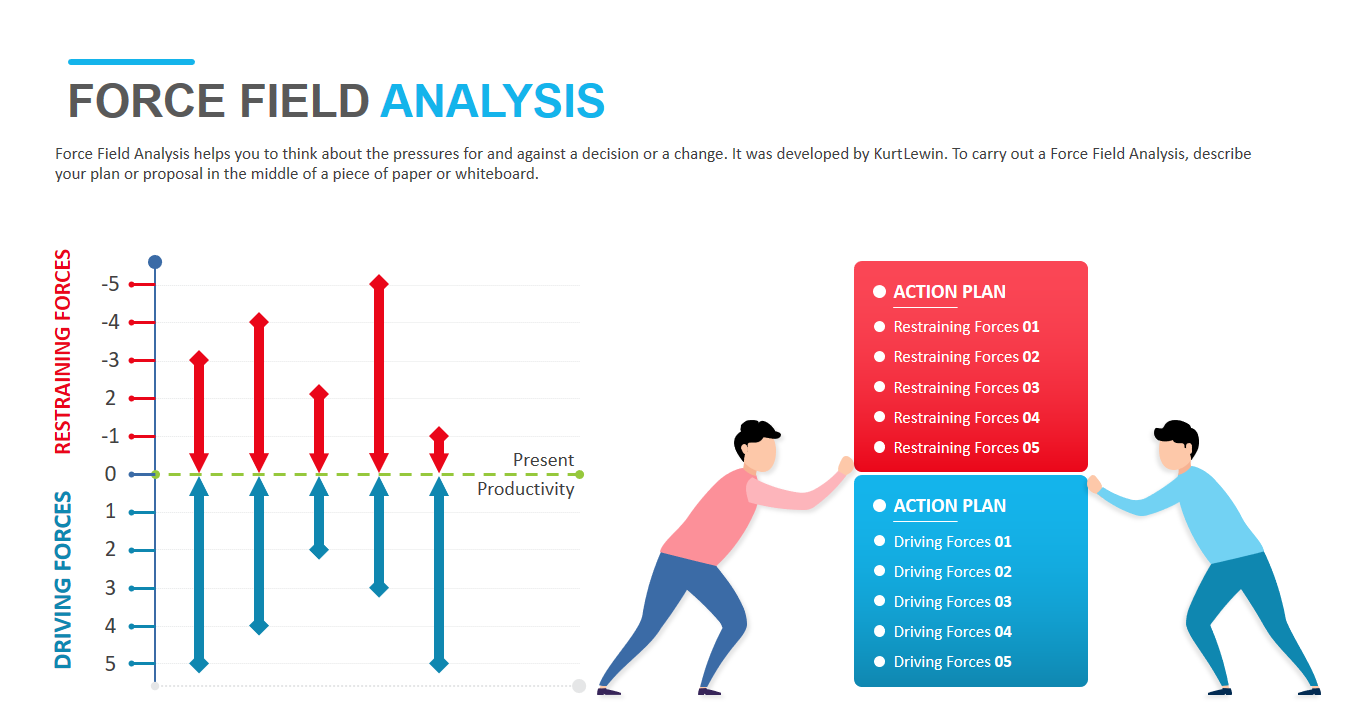
Activity: Describes factors affecting your decision to choose long route to short route during road journey.
Pro tips
- Identify the driving forces that are pushing towards the desired change, and the restraining forces that are preventing change.
- Use data to support your analysis.
- Look for ways to increase the driving forces and decrease the restraining forces to facilitate change.
Cost-benefit analysis is a problem-solving technique used to evaluate the potential costs and benefits of a decision or solution. The technique involves comparing the costs of the decision or solution against the potential benefits to determine if it is worth pursuing. By weighing the costs and benefits, a team can develop a plan that maximizes the benefits while minimizing the costs.
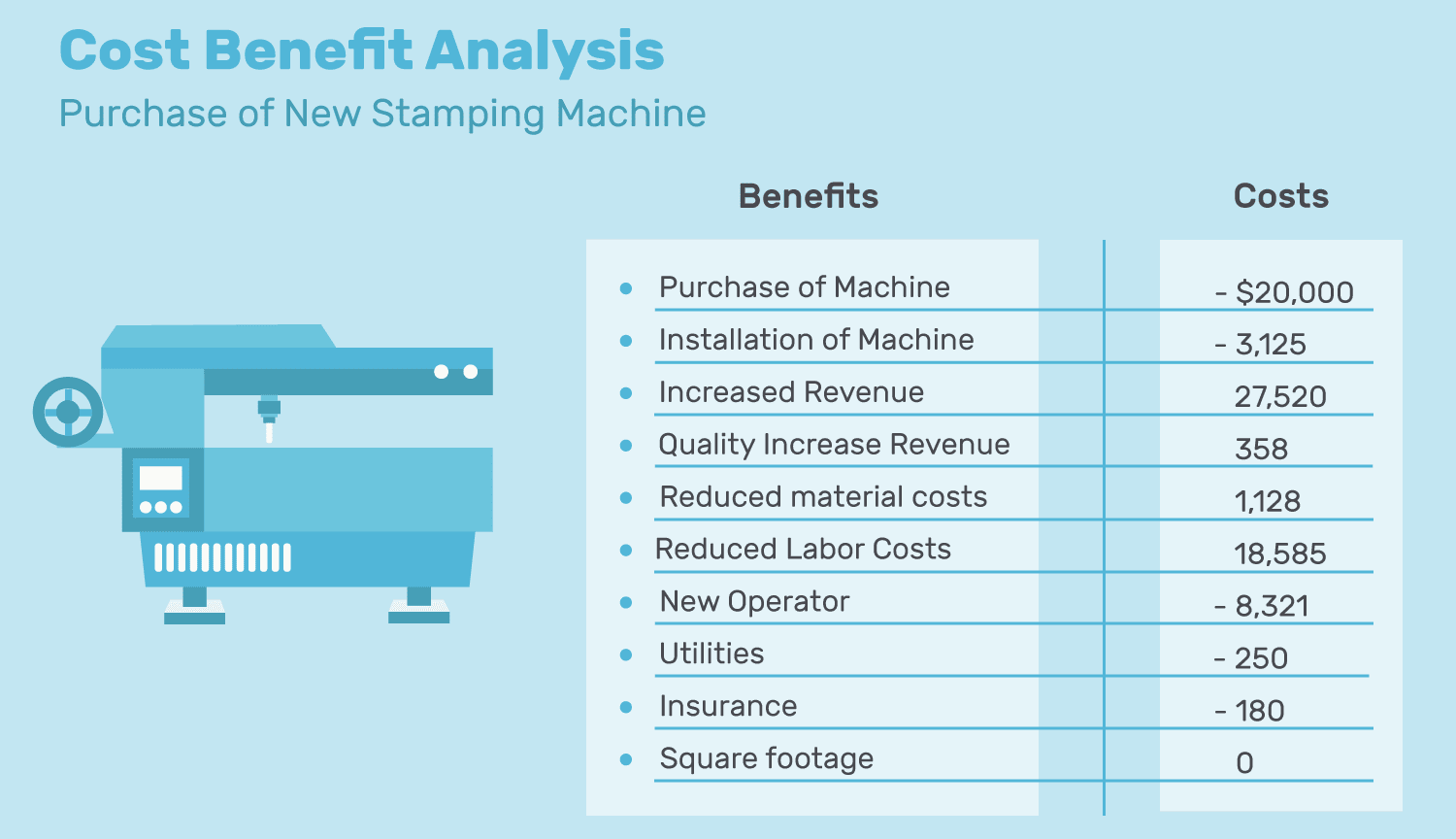
Activity: Explain the factors why choose a cheaper product over expensive one, even though you have enough money.
Pro tips
- Identify the costs and benefits associated with each alternative.
- Use data to estimate the value of each cost or benefit.
- Compare the costs and benefits to determine the best option.
Six thinking hats is a problem-solving technique developed by Edward de Bono that encourages individuals to think about a problem from six different perspectives. Each perspective is represented by a different coloured hat, with each colour representing a different type of thinking. White Hat: Objective and factual thinking, Red Hat: Emotional and intuitive thinking, Black Hat: Critical and negative thinking, Yellow Hat: Optimistic and positive thinking, Green Hat: Creative and innovative thinking, Blue Hat: Strategic and holistic thinking.
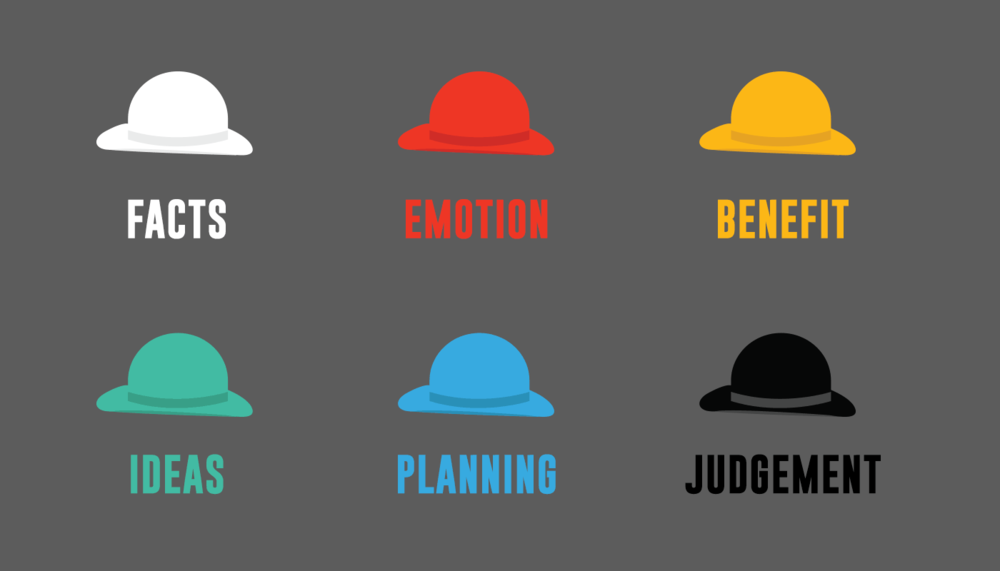
Activity: Describes how you would solve the problem with 6 teammates each having different thinking skills. Problem based on marketing campaign.
Pro tips
- Use different coloured "hats" to represent different perspectives: white (facts), red (feelings), black (caution), yellow (optimism), green (creativity), and blue (big picture).
- Use a structured process to move through each hat and encourage productive discussion from each perspective.
- Use the process to generate ideas or make decisions.